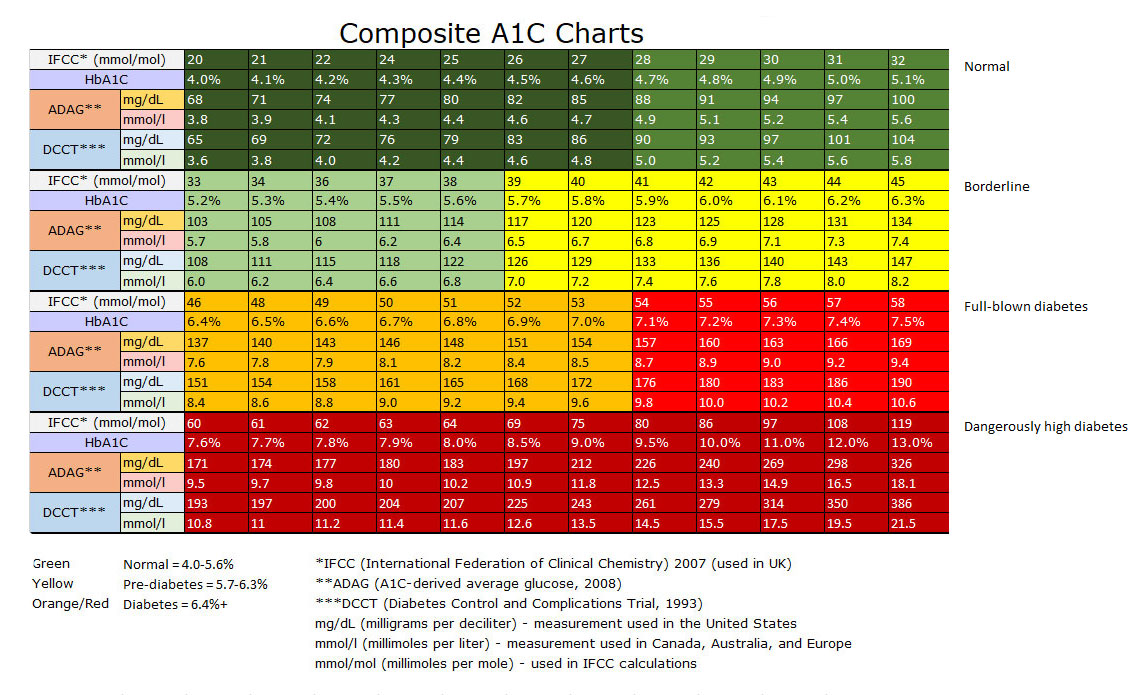What is the normal a1c reading. Understanding A1C: Normal Readings, Testing, and Management for Diabetes
What is a normal A1C reading. How often should you get an A1C test. What factors can affect your A1C result. How does A1C relate to daily blood sugar management.
What is A1C and Why is it Important?
A1C, also known as hemoglobin A1C or HbA1c, is a crucial blood test that provides valuable insights into your average blood sugar levels over the past three months. This test plays a pivotal role in diagnosing prediabetes and diabetes, as well as monitoring the effectiveness of diabetes management strategies.
The A1C test measures the percentage of red blood cells that have sugar-coated hemoglobin. As sugar enters the bloodstream, it attaches to hemoglobin, a protein found in red blood cells. While everyone has some sugar-coated hemoglobin, individuals with higher blood sugar levels will have a higher percentage.
The Significance of A1C in Diabetes Management
A1C is particularly important because it provides a long-term view of blood sugar control. Unlike daily blood sugar tests, which give a snapshot of glucose levels at a specific moment, A1C offers a broader perspective. This makes it an invaluable tool for healthcare providers in assessing the overall effectiveness of diabetes treatment plans.
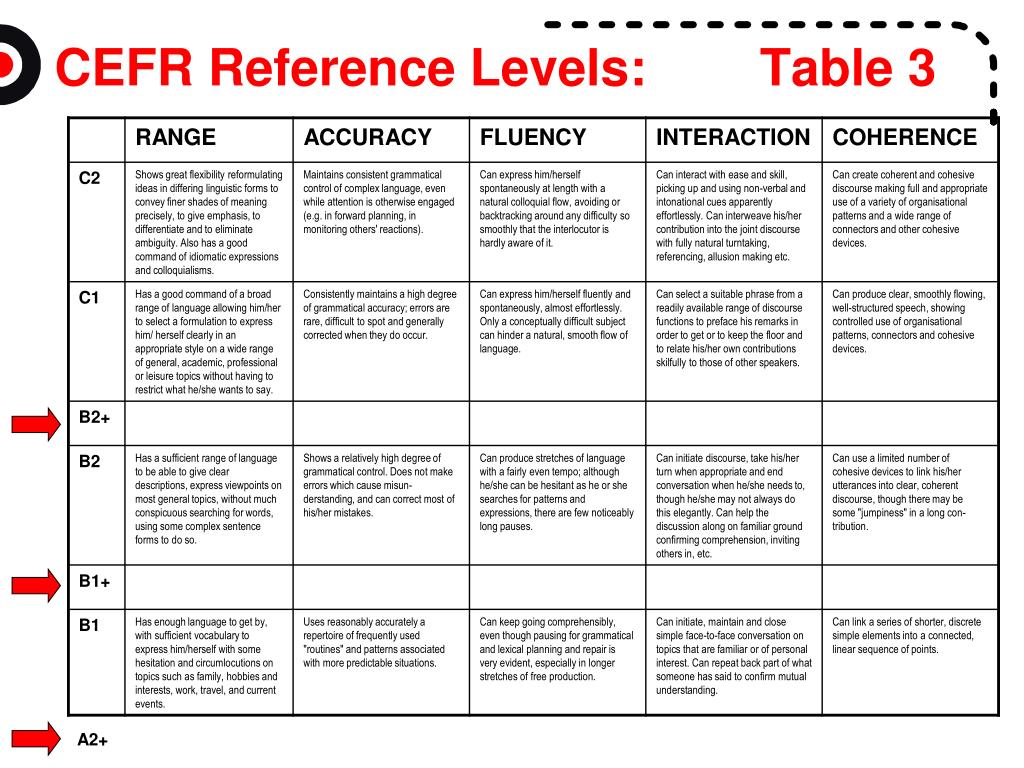
Higher A1C levels are associated with an increased risk of diabetes complications. Therefore, reaching and maintaining an individual A1C goal is crucial for people with diabetes to minimize the risk of long-term health issues.
Normal A1C Readings and Diagnosis Criteria
Understanding what constitutes a normal A1C reading is essential for interpreting test results and determining one’s diabetes status. The American Diabetes Association (ADA) provides clear guidelines for A1C levels and their corresponding diagnoses:
- Normal: Below 5.7%
- Prediabetes: 5.7% to 6.4%
- Diabetes: 6.5% or above
For individuals within the prediabetes range (5.7% to 6.4%), it’s important to note that the higher the A1C level, the greater the risk of developing type 2 diabetes. This underscores the importance of regular monitoring and taking proactive steps to improve health outcomes.
Interpreting A1C Results for Diabetes Management
For those managing diabetes, A1C results can also be reported as estimated average glucose (eAG). This measurement is expressed in mg/dL, the same units used in daily blood sugar monitoring. Here’s a quick reference guide:
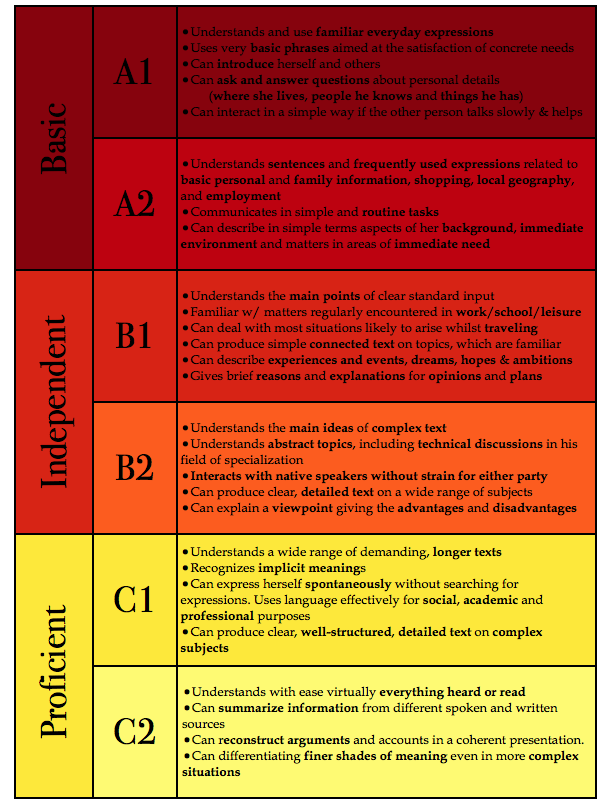
| A1C % | eAG mg/dL |
|---|---|
| 7 | 154 |
| 8 | 183 |
| 9 | 212 |
| 10 | 240 |
This correlation between A1C percentages and average glucose levels helps individuals with diabetes better understand how their long-term blood sugar control relates to their daily glucose readings.
Who Should Get an A1C Test and How Often?
The frequency of A1C testing depends on various factors, including age, risk factors, and current diabetes status. Here are general guidelines for A1C testing:
Testing for Diabetes or Prediabetes
- Adults over 45 should get a baseline A1C test
- Adults under 45 who are overweight and have one or more risk factors for prediabetes or type 2 diabetes should also be tested
- If results are normal but you’re over 45 or have risk factors, repeat the test every 3 years
- For prediabetes results, consult your doctor about preventive measures and retest every 1 to 2 years
- If results indicate diabetes without symptoms, confirm with a second test on a different day
Managing Diagnosed Diabetes
For individuals with diabetes, A1C testing should be done at least twice a year. However, more frequent testing may be necessary if medication changes or other health conditions are present. It’s crucial to discuss the appropriate testing frequency with your healthcare provider.
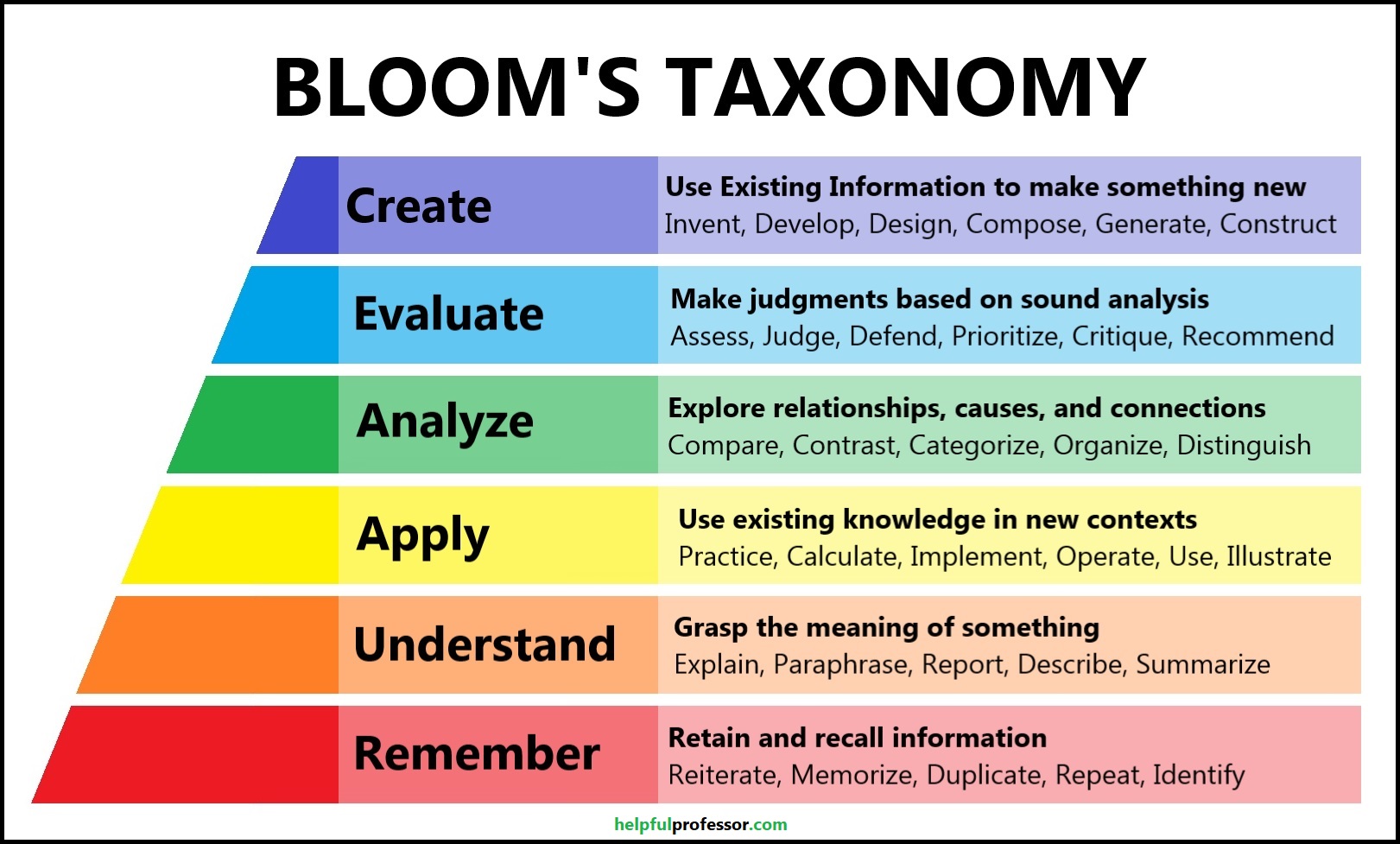
Factors That Can Affect A1C Results
While A1C is a reliable indicator of long-term blood sugar control, several factors can influence the results. Being aware of these factors is crucial for accurate interpretation of A1C test results:
- Kidney failure, liver disease, or severe anemia
- Certain hemoglobin variants more common in people of African, Mediterranean, or Southeast Asian descent
- Blood disorders such as sickle cell anemia or thalassemia
- Certain medications, including opioids and some HIV treatments
- Recent blood loss or blood transfusions
- Pregnancy (early or late stages)
It’s essential to inform your healthcare provider if any of these factors apply to you. They may recommend additional tests to ensure accurate assessment of your blood sugar control.
Setting and Achieving Your A1C Goal
The general A1C goal for most people with diabetes is 7% or less. However, it’s crucial to understand that A1C goals should be individualized based on various factors:
Factors Influencing A1C Goals
- Age
- Duration of diabetes
- Presence of other medical conditions
- Risk of severe hypoglycemia
- Life expectancy
- Individual preferences and treatment burden
Younger individuals may have lower A1C goals to reduce the long-term risk of complications, while older adults or those with severe hypoglycemia episodes might have higher targets. Collaborating with your healthcare team to establish a personalized A1C goal is crucial for effective diabetes management.

Strategies for Achieving Your A1C Goal
Reaching and maintaining your A1C goal requires a multifaceted approach:
- Consistent blood sugar monitoring
- Adherence to prescribed medications
- Following a balanced diet plan
- Regular physical activity
- Stress management
- Regular check-ups with your healthcare team
Remember, small, consistent changes can lead to significant improvements in your A1C over time.
A1C Testing: Preparation and Procedure
Getting an A1C test is a straightforward process that requires minimal preparation. Here’s what you need to know:
Preparation for the Test
Unlike some other blood tests, the A1C test doesn’t require fasting or any special dietary restrictions. You can eat and drink normally before the test. However, it’s always a good idea to check with your healthcare provider if any specific preparations are needed, especially if other tests are scheduled alongside your A1C test.
The Testing Procedure
The A1C test is typically performed in a doctor’s office or a laboratory. The process involves:

- A small blood sample is collected, either through a finger prick or a small needle inserted into a vein in your arm.
- The blood sample is then analyzed to determine the percentage of hemoglobin that is glycated (sugar-coated).
- Results are usually available within a few days, though some facilities may offer rapid A1C testing with results available in minutes.
The test is quick, relatively painless, and carries minimal risks. Any discomfort from the blood draw is usually brief and minor.
A1C vs. Daily Blood Sugar Monitoring
While A1C provides valuable information about long-term blood sugar control, it’s important to understand its relationship with daily blood sugar monitoring. Both measures play crucial roles in comprehensive diabetes management.
The Complementary Nature of A1C and Daily Monitoring
A1C and daily blood sugar tests offer different but complementary information:
- A1C provides an average of blood sugar levels over 2-3 months
- Daily blood sugar monitoring shows real-time glucose levels and short-term trends
Using both methods gives a more complete picture of blood sugar control. Daily monitoring helps with immediate decision-making about food, activity, and medication, while A1C reflects the overall effectiveness of your diabetes management plan.

When Daily Monitoring is Especially Important
Even if your A1C is within target range, daily blood sugar monitoring remains crucial in certain situations:
- When experiencing symptoms of high or low blood sugar
- During periods of illness or stress
- When starting new medications or changing treatment plans
- Before and after physical activity
- When planning meals or trying new foods
Regular communication with your healthcare team about your daily blood sugar patterns and A1C results is key to optimizing your diabetes management strategy.
Beyond A1C: Comprehensive Diabetes Management
While A1C is a cornerstone of diabetes management, it’s just one part of a comprehensive approach to controlling the condition. Effective diabetes care encompasses various aspects of health and lifestyle.
Key Components of Diabetes Management
- Blood Sugar Control: Includes A1C monitoring and daily glucose checks
- Medication Management: Proper use of insulin or oral diabetes medications
- Nutrition: Following a balanced diet tailored to individual needs
- Physical Activity: Regular exercise adapted to fitness level and health status
- Stress Management: Techniques to reduce stress and its impact on blood sugar
- Regular Health Check-ups: Monitoring for diabetes-related complications
- Education: Ongoing learning about diabetes management techniques
The Role of Diabetes Self-Management Education
Diabetes self-management education and support (DSMES) services play a crucial role in empowering individuals to take control of their condition. These programs offer:

- Personalized strategies for blood sugar management
- Nutrition counseling and meal planning guidance
- Information on medication management and insulin administration
- Strategies for incorporating physical activity into daily routines
- Techniques for coping with the emotional aspects of diabetes
- Support for lifestyle changes and long-term diabetes management
Engaging in DSMES can significantly improve A1C levels and overall quality of life for people with diabetes.
Navigating Challenges in A1C Management
Managing A1C levels can be challenging, and it’s common to face obstacles along the way. Understanding these challenges and developing strategies to overcome them is crucial for long-term success in diabetes management.
Common Challenges in A1C Control
- Difficulty adhering to medication schedules
- Inconsistent blood sugar monitoring
- Challenges with dietary changes
- Lack of regular physical activity
- Stress and emotional factors affecting blood sugar
- Comorbid health conditions complicating management
Strategies for Overcoming A1C Management Challenges
- Use medication reminders and pill organizers to improve adherence
- Incorporate blood sugar checks into daily routines
- Work with a registered dietitian to develop a sustainable meal plan
- Find enjoyable forms of physical activity and start gradually
- Practice stress-reduction techniques like meditation or yoga
- Seek support from diabetes support groups or counseling services
- Regularly communicate challenges and successes with your healthcare team
Remember, managing diabetes is a journey, and it’s normal to have ups and downs. The key is to stay committed to your health goals and seek support when needed.

The Future of A1C Testing and Diabetes Management
As medical science advances, new technologies and approaches are emerging that may revolutionize A1C testing and diabetes management. Staying informed about these developments can help individuals with diabetes prepare for future changes in care.
Emerging Technologies in Diabetes Care
- Continuous Glucose Monitoring (CGM) Systems: Provide real-time glucose data and may eventually supplement or replace traditional A1C tests
- Artificial Pancreas Systems: Combine CGM with insulin pumps for automated blood sugar control
- Advanced Data Analytics: Use machine learning to predict blood sugar trends and optimize treatment plans
- Telemedicine and Remote Monitoring: Enable more frequent and convenient interactions with healthcare providers
Potential Advancements in A1C Testing
Research is ongoing to improve A1C testing and expand its capabilities:
- Development of at-home A1C testing kits for more frequent monitoring
- Integration of A1C data with other health metrics for more comprehensive health assessments
- Exploration of new biomarkers that may provide additional insights into long-term blood sugar control
While these advancements hold promise, it’s important to remember that the fundamental principles of diabetes management – including regular monitoring, healthy lifestyle choices, and close collaboration with healthcare providers – will likely remain central to effective care.

Empowering Yourself with A1C Knowledge
Understanding and actively managing your A1C levels is a powerful way to take control of your diabetes. By staying informed about A1C testing, interpreting your results, and working closely with your healthcare team, you can make informed decisions about your health and reduce the risk of diabetes-related complications.
Key Takeaways for Effective A1C Management
- Know your A1C goal and work with your healthcare provider to achieve it
- Understand how A1C relates to your daily blood sugar readings
- Be aware of factors that can affect A1C results
- Combine A1C monitoring with daily blood sugar checks for comprehensive management
- Engage in diabetes self-management education to enhance your knowledge and skills
- Stay open to new technologies and treatments that may improve diabetes care
Remember, your A1C is more than just a number – it’s a tool that empowers you to make informed decisions about your health. By taking an active role in your diabetes management and leveraging the insights provided by A1C testing, you can work towards better health outcomes and an improved quality of life.

All About Your A1C
Español (Spanish) | Print
What has your blood sugar been up to lately? Get an A1C test to find out your average levels—important to know if you’re at risk for prediabetes or type 2 diabetes, or if you’re managing diabetes.
The A1C test—also known as the hemoglobin A1C or HbA1c test—is a simple blood test that measures your average blood sugar levels over the past 3 months. It’s one of the commonly used tests to diagnose prediabetes and diabetes, and is also the main test to help you and your health care team manage your diabetes. Higher A1C levels are linked to diabetes complications, so reaching and maintaining your individual A1C goal is really important if you have diabetes.
What Does the A1C Test Measure?
When sugar enters your bloodstream, it attaches to hemoglobin, a protein in your red blood cells. Everybody has some sugar attached to their hemoglobin, but people with higher blood sugar levels have more. The A1C test measures the percentage of your red blood cells that have sugar-coated hemoglobin.
Who Should Get an A1C Test, and When?
Testing for diabetes or prediabetes:
Get a baseline A1C test if you’re an adult over age 45—or if you’re under 45, are overweight, and have one or more risk factors for prediabetes or type 2 diabetes:
- If your result is normal but you’re over 45, have risk factors, or have ever had gestational diabetes, repeat the A1C test every 3 years.
- If your result shows you have prediabetes, talk to your doctor about taking steps now to improve your health and lower your risk for type 2 diabetes. Repeat the A1C test as often as your doctor recommends, usually every 1 to 2 years.
- If you don’t have symptoms but your result shows you have prediabetes or diabetes, get a second test on a different day to confirm the result.
- If your test shows you have diabetes, ask your doctor to refer you to diabetes self-management education and support services so you can have the best start in managing your diabetes.

Managing diabetes:
If you have diabetes, get an A1C test at least twice a year, more often if your medicine changes or if you have other health conditions. Talk to your doctor about how often is right for you.
How to Prepare for Your A1C Test
The test is done in a doctor’s office or a lab using a sample of blood from a finger stick or from your arm. You don’t need to do anything special to prepare for your A1C test. However, ask your doctor if other tests will be done at the same time and if you need to prepare for them.
Your A1C Result
Diagnosing Prediabetes or Diabetes
| Normal | Below 5.7% |
|---|---|
| Prediabetes | 5.7% to 6.4% |
| Diabetes | 6.5% or above |
A normal A1C level is below 5.7%, a level of 5. 7% to 6.4% indicates prediabetes, and a level of 6.5% or more indicates diabetes. Within the 5.7% to 6.4% prediabetes range, the higher your A1C, the greater your risk is for developing type 2 diabetes.
7% to 6.4% indicates prediabetes, and a level of 6.5% or more indicates diabetes. Within the 5.7% to 6.4% prediabetes range, the higher your A1C, the greater your risk is for developing type 2 diabetes.
Managing Diabetes
Your A1C result can also be reported as estimated average glucose (eAG), the same numbers (mg/dL) you’re used to seeing on your blood sugar meter:
A1C % | eAG mg/dL |
|---|---|
7 | 154 |
8 | 183 |
9 | 212 |
10 | 240 |
What Can Affect Your A1C Result?
Get your A1C tested in addition to—not instead of—regular blood sugar self-testing if you have diabetes.
Several factors can falsely increase or decrease your A1C result, including:
- Kidney failure, liver disease, or severe anemia.
- A less common type of hemoglobin that people of African, Mediterranean, or Southeast Asian descent and people with certain blood disorders (such as sickle cell anemia or thalassemia) may have.
- Certain medicines, including opioids and some HIV medications.
- Blood loss or blood transfusions.
- Early or late pregnancy.
Let your doctor know if any of these factors apply to you, and ask if you need additional tests to find out.
Your A1C Goal
The goal for most people with diabetes is 7% or less. However, your personal goal will depend on many things such as your age and any other medical conditions. Work with your doctor to set your own individual A1C goal.
Younger people have more years with diabetes ahead, so their goal may be lower to reduce the risk of complications, unless they often have hypoglycemia (low blood sugar, or a “low”). People who are older, have severe lows, or have other serious health problems may have a higher goal.
People who are older, have severe lows, or have other serious health problems may have a higher goal.
A1C: Just Part of the Toolkit
A1C is an important tool for managing diabetes, but it doesn’t replace regular blood sugar testing at home. Blood sugar goes up and down throughout the day and night, which isn’t captured by your A1C. Two people can have the same A1C, one with steady blood sugar levels and the other with high and low swings.
If you’re reaching your A1C goal but having symptoms of highs or lows, check your blood sugar more often and at different times of day. Keep track and share the results with your doctor so you can make changes to your treatment plan if needed.
Top of Page
- CDC’s Division of Diabetes Translation
- Diabetes Basics
- Blood Sugar Testing
- Diabetes Features & Spotlights
- CDC Diabetes on Facebook
- @CDCDiabetes on Twitter
Test, levels, and more for diabetes
The A1C test is a blood test that measures a person’s average blood glucose or blood sugar levels over the past 3 months. An A1C reading of over 5.7% may be a cause for concern, but this will depend on various factors.
An A1C reading of over 5.7% may be a cause for concern, but this will depend on various factors.
Doctors use the A1C test to check for prediabetes and diabetes. A range of 5.7–6.5% suggests a person may have prediabetes. Over 6.5% indicates diabetes.
This test also helps doctors monitor blood glucose levels in people with diagnosed diabetes.
Keeping A1C levels within the normal or target range lowers the risk of developing diabetes or its complications. Read on to learn what A1C test results mean.
The A1C chart below can help a person convert and understand their A1C test results. The doctor can provide more context and describe ways to keep blood glucose levels in a safe range.
Share on PinterestMNT-infographic_guide illustration by Diego Sabogal a1c-chart
The A1C test is also known as the:
- hemoglobin A1C, or HbA1c, test
- glycated hemoglobin test
- glycohemoglobin test
The A1C test measures the percentage of red blood cells that have glucose-coated hemoglobin. This measurement gives doctors an idea of the person’s average blood glucose levels over the past 2–3 months.
This measurement gives doctors an idea of the person’s average blood glucose levels over the past 2–3 months.
Hemoglobin is an iron-rich protein in red blood cells. It helps carry oxygen from the lungs to other tissues.
When glucose enters the blood, it binds to hemoglobin. The more glucose in a person’s bloodstream, the more hemoglobin is bound to glucose.
Undergoing the A1C test is straightforward: A healthcare professional takes a blood sample and sends it to a laboratory for testing.
A doctor may order this test to:
- diagnose prediabetes
- diagnose type 1 or type 2 diabetes
- monitor the blood glucose levels of a person with diabetes to check how well their treatment is working
If a person takes insulin to manage diabetes, their doctor may also ask them to monitor their blood glucose levels at home with a blood glucose meter or continuous glucose monitor.
In this case, the person still needs to undergo regular A1C testing.
Traditionally, A1C levels are reported as a percentage. Alternately, they may be reported as estimated average glucose (eAG), in milligrams per deciliter (mg/dL) or millimoles per liter (mmol/L).
Blood glucose meters and continuous glucose monitors also give eAG readings, some from at least 12 days of data.
The A1C test gives a more accurate long-term average. It takes into account fluctuations throughout the day, such as overnight and after meals.
A normal A1C level is below 5.7%. Normal eAG is below 117 mg/dL or 6.5 mmol/L.
If someone’s A1C levels are higher than normal, they may have diabetes or prediabetes. Their doctor might order a repeat test to confirm this.
Target levels in people with diabetes
A doctor will set a person’s target A1C level based on many factors. The right target varies from person to person.
For someone with diabetes, the target A1C level may depend on:
- the person’s age
- their overall health
- whether they are pregnant
- how long they have had diabetes
- their prescribed treatment plan
- any history of adverse effects from the treatment, including episodes of low blood glucose, or hypoglycemia
- any complications from diabetes
- the person’s preferences and treatment priorities
In general, a doctor might recommend aiming for A1C levels under 6. 5% if a person:
5% if a person:
- is young and has a long life expectancy
- has had diabetes for a short period
- is effectively managing their diabetes with lifestyle changes or metformin alone
- is otherwise in good health
A doctor might recommend A1C targets of 7.0–8.5% if a person:
- is older and has a shorter life expectancy
- has had diabetes for a longer period
- has diabetes that is hard to manage, even with multiple medications
- has a history of severe hypoglycemia or other adverse effects of treatment
- has experienced complications of diabetes
- has other chronic health conditions
A person should work with their doctor to reassess and adjust their A1C targets over time. The condition and treatment goals may change.
To screen for diabetes, a doctor may order an A1C test for someone older than 45. They may also do this for younger people who have other risk factors.
After diagnosing diabetes, a doctor determines how often to test A1C levels.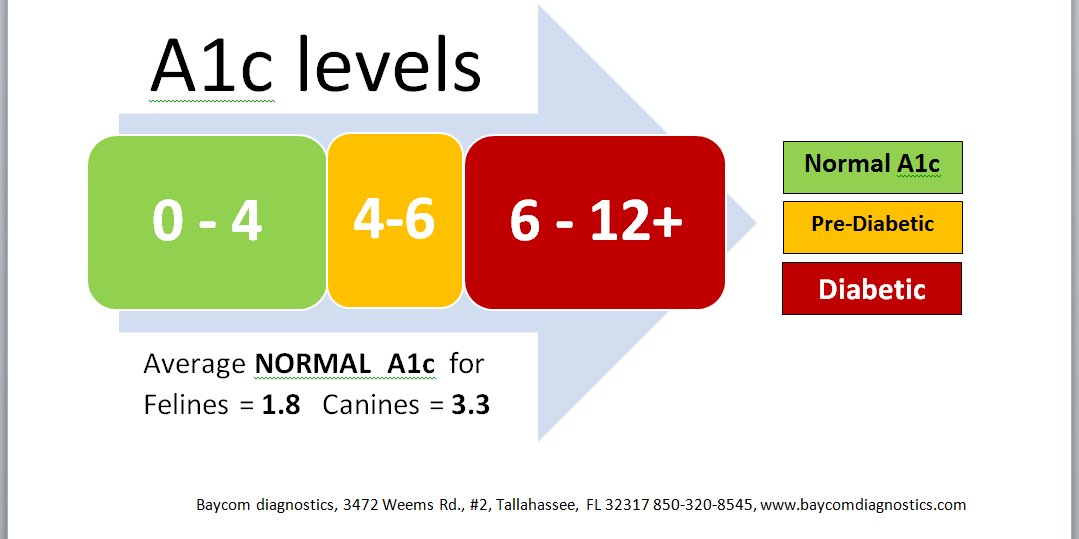
If a person is meeting their treatment goals, they may need an A1C test twice a year. When managing blood glucose levels is challenging, a person tends to need this test more frequently.
A person should make an appointment with their doctor if they:
- have questions or concerns about their treatment plan
- are finding it hard to keep their blood glucose levels within the target range
- have had symptoms of high or low blood glucose levels
- think they might have complications of diabetes
Symptoms of high blood glucose levels include:
- fatigue
- unusual thirst
- frequent urination
- blurred vision
Symptoms of low blood glucose levels include:
- nervousness, irritability, or anxiety
- confusion
- dizziness
- hunger
- shaking
- sweating
Anyone who develops any of the symptoms above or notices other changes in their health should let their doctor know.
A doctor orders an A1C test to check whether someone has prediabetes or type 1 or 2 diabetes. Doctors also use this test to monitor blood glucose levels in people with diabetes to see how well their treatment plan is working.
A1C test results are usually a percentage, but they may come as an eAG measurement. Target A1C levels vary from person to person, depending on age, overall health, and other factors.
Having high A1C levels may indicate that the person has diabetes or a high risk of related complications. In this case, the doctor will work with the person to adjust the approach to treatment.
What are the differences between PCIe Gen 3 and PCIe Gen 4?
Search Kingston.com
To get started, click accept below to open your cookie control panel. Then click the Personalize button to enable the chat feature and then Save.
Your web browser version is out of date. Please update your browser to improve your experience on this website. https://browser-update.org/update-browser.html
https://browser-update.org/update-browser.html
Apr 2022
PC performance
SSD
Blog Home
PCIe has been the standard interface for connecting high-speed peripheral components to computer motherboards for the past decade. In 2017, the fourth generation of this interface, the PCIe 4.0 standard, was announced. However, until Computex 2019, we didn’t see SSDs or graphics cards using the new technology. Today, the PCIe 4.0 standard has generated a surge of interest in this technological innovation in SSDs, GPUs, motherboards, and high-end add-on cards. But what exactly is PCIe Gen 4? We will go over the main points.
What is PCIe Gen 4?
PCIe Gen 4 is the fourth and newest generation of the PCI Express specification. Replacing PCIe Gen 3, PCIe Gen 4 is the fastest generation of PCIe available on the market today.
What does PCIe Gen 4 do?
PCIe Gen 4 enables systems to connect to high performance PCIe devices such as graphics cards and PCIe NVMe SSDs.
Why PCIe Gen 4?
The evolution of PCIe technology is essential to meet the growing need for a high-speed data bus that powers increasingly demanding user applications and workloads.
What are the differences between PCIe Gen 3 and PCIe Gen 4?
PCIe Gen 4 doubles the data transfer rate of PCIe Gen 3, allowing PCIe Gen 4 devices to transfer data at much faster speeds. PCIe Gen 3 runs at 8 GT/s (gigatransfers per second), which is roughly equivalent to 1 GB/s per PCIe lane. By comparison, PCIe Gen 4 runs at 16 GT/s, or about 2 GB/s (gigabytes per second) per PCIe lane.
What is the minimum PCIe Gen 4 bandwidth?
To understand the maximum throughput of a PCIe Gen 4 device, you need to know the number of PCIe lanes it supports. PCIe devices use “lanes” to send and receive data, so the more lanes a PCIe device can use, the higher the throughput can be. The number of lanes supported by a PCIe device is usually expressed as “x4” for 4 lanes, “x8” for 8 lanes, etc. 0046
0046
Is PCIe Gen 4 backward compatible?
PCIe Gen 4 is backwards compatible, so a PCIe Gen 4 device connected to a PCIe Gen 3 system will work fine at PCIe Gen 3 speeds. This means that if you buy an NVMe PCIe Gen 4 SSD today, you can use it right away. it in your current system, even if it does not support PCIe Gen 4. If you upgrade to a PCIe Gen 4 system in the future, you will unlock the full performance of your NVMe PCIe Gen 4 SSD.0003
When will PCIe Gen 4 be released?
PCIe Gen 4 is currently in the industry adoption phase, and there are many PCIe Gen 4 products available in the market today. However, only the latest products will support PCIe Gen 4. Going forward, PCIe Gen 4 will become the industry standard.
However, only the latest products will support PCIe Gen 4. Going forward, PCIe Gen 4 will become the industry standard.
How do I get PCIe Gen 4?
To take advantage of PCIe Gen 4, your processor, motherboard, and PCIe devices must support PCIe Gen 4.
Which desktop platforms currently support PCIe Gen 4?
Some of the PCIe Gen 4 compatible desktop processors and motherboards currently shipping are:
- AMD Ryzen™ 3000 and 5000 series processors
- AMD X570, B550, and TRX40 motherboards
- 11th Gen Intel® Core “Rocket Lake” and “Alder Lake” Processors
- Intel® Z490, Z590, and Z690 Motherboards
What is a PCIe NVMe SSD?
PCIe NVMe SSDs use the high-speed PCIe bus for data transfer and the NVMe (Non-Volatile Memory Express) protocol for communication with the host system. Because these drives run on PCIe, they provide significantly higher bandwidth and faster response times than SATA SSDs.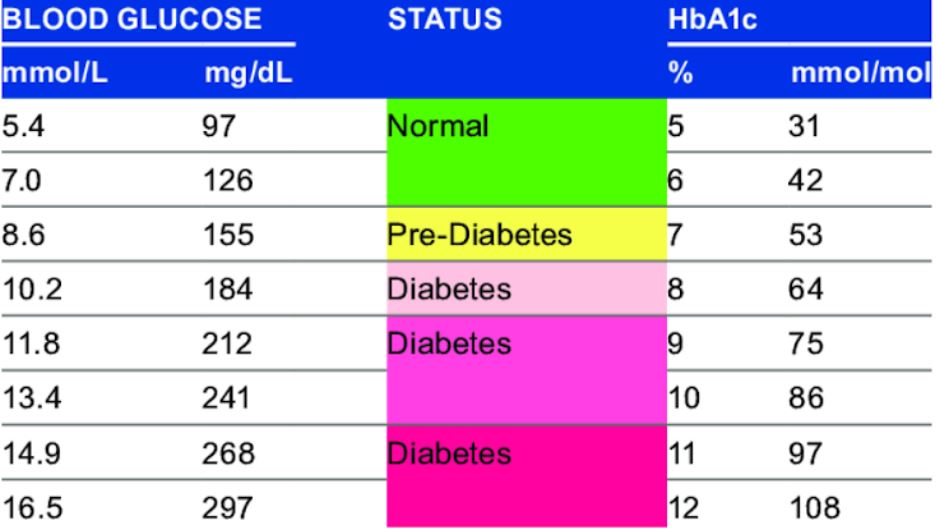
Does PCIe Gen 4 speed up PCIe NVMe SSDs?
The PCIe Gen 3 standard could not provide the full bandwidth of high-speed PCIe NVMe SSDs. This effectively created a performance bottleneck for SSDs. PCIe Gen 4 eliminates this performance bottleneck by allowing PCIe NVMe SSDs to read and write data at much faster speeds.
What form factors do PCIe NVMe SSDs use?
PCIe NVMe SSDs can use different form factors such as add-on card (AIC), M.2, and U.2. Client-grade PCIe NVMe SSDs typically only use the M.2 2280 form factor, as their slim design makes them easy to install in desktops and laptops. Enterprise-class PCIe NVMe SSDs use all three form factors, with U.2 being the most popular due to its compatibility with server backplanes.
Conclusion
PCIe 4.0 platforms provide more flexibility and available bandwidth. PCIe 4.0 SSDs are ideal for data-intensive workloads. They speed up the loading of applications and games, as well as optimize the system boot time.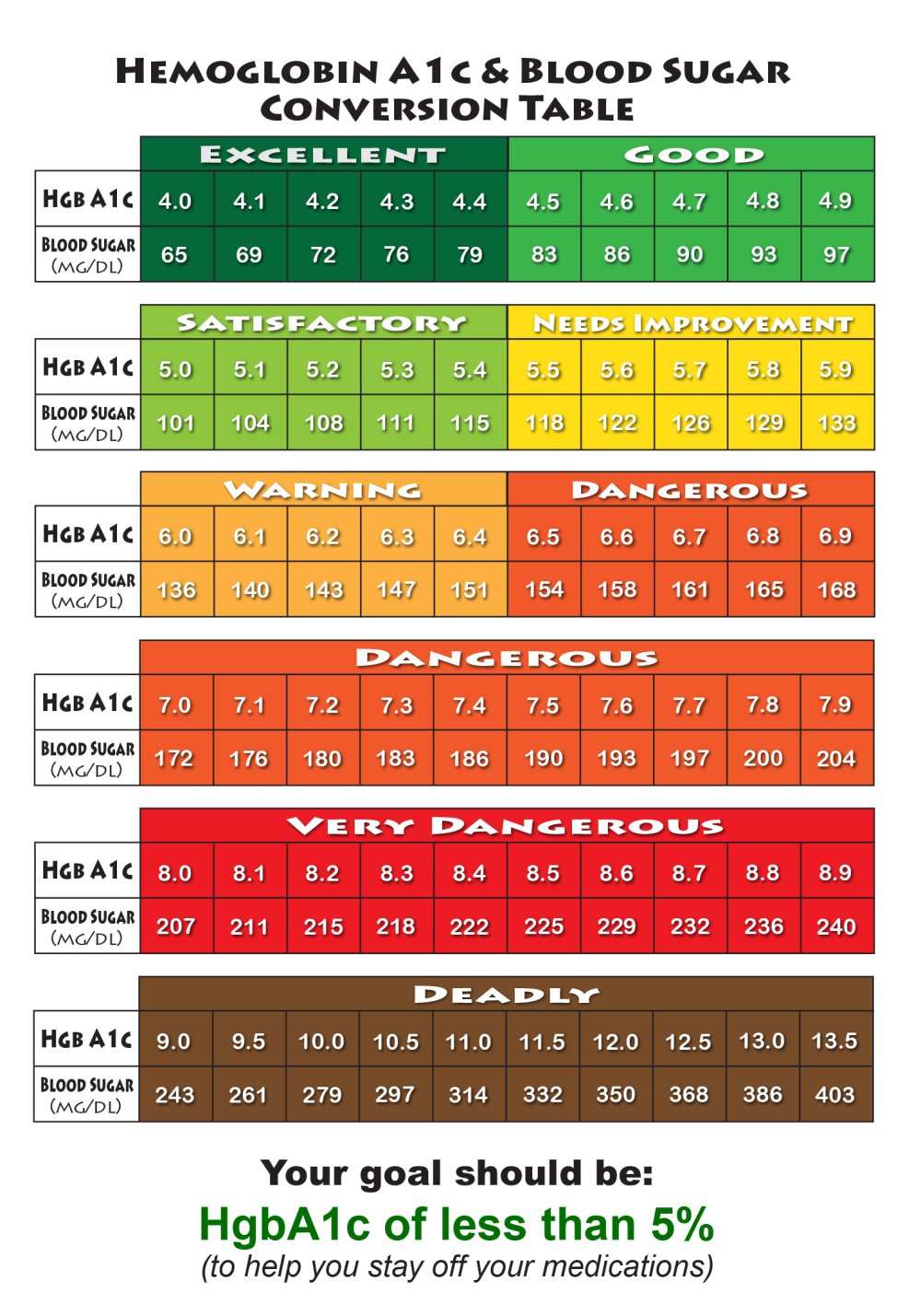 PCIe 4.0 also brings improvements in terms of power saving, which means your device generates less heat while running, consuming less power. With more products supporting PCIe 4.0 coming out, choosing between PCIe 3.0 and 4.0 won’t be hard. Very soon, PCIe 4.0 will become the industry standard.
PCIe 4.0 also brings improvements in terms of power saving, which means your device generates less heat while running, consuming less power. With more products supporting PCIe 4.0 coming out, choosing between PCIe 3.0 and 4.0 won’t be hard. Very soon, PCIe 4.0 will become the industry standard.
#KingstonIsWithYou
5:33
How to choose a SSD: SATA 2.5″ NVMe M.2 PCIe U.2
So, you want to significantly increase the performance of your PC by installing a solid state drive. But how to choose the right option?
4:44
PCIe Gen 4 – 这是什么?
我们介绍了 PCIe Gen 4、如何利用上它以及您是否应升级。
4:07
Looking at NVMe drives
In this video, we’ll explain NVMe and how it differs from previous storage technologies.
Sort by
Title – A to Z
No products were found matching your selection
When to Quit Sketch and Become a Design Manager | by aic blog | Design tavern
Many designers have a specific goal – to become an art director or open their own studio.
 This is a very correct approach, and nothing is impossible. But how do you know if you’re ready? When is it time to stop drawing and go into management?
This is a very correct approach, and nothing is impossible. But how do you know if you’re ready? When is it time to stop drawing and go into management?
Published in
5 min read
·
Jan 28, 2019
Canadian journalist and sociologist Malcolm Gladwell proposed this theory: to become a professional at something, you need to spend 10,000 hours on it. And although the authors on whose research Gladwell relied stated that he did not quite accurately interpret their work, the rule works.
The main claims to the theory of 10,000 hours are that this number is chosen arbitrarily, the value is averaged, and besides time, there are other factors that affect the leveling of skills.
But actually the number is very convenient in the sense that it gives a good guideline. After all, how can you evaluate how good a designer is at his job? In terms of quality, yes – but this is a rather vague criterion. After all, one person may like his work, and another may not.
And this average becomes a good internal counter. Right now you can say how long you have been in the profession and translate this into hours. And while these ten thousand are gone, it’s too early to go further. But after you have burned your 10,000 hours and there is no longer some kind of buzz from what you are doing – it’s time to stop doing Sketch, Photoshop, Figma and switch to design management.
I once stayed for five years. There were ten people working at AIC at that time, there were enough orders, and there was no desire to change anything. It was scary to risk everything to achieve something more; we just riveted corporate websites, and nothing happened. At some point, AIC fell to 76th place in Tagline, and something had to be done about it, to look for new targets.
Therefore, it is important to be psychologically ripe for change: when you do not want to leave your comfort zone and everything suits you, it is difficult to change something radically – whether these ten thousand hours have come or not. Another call is our own body.
Another call is our own body.
Until the age of 30, each of us exists in an aura of relative happiness and harmony with ourselves. I like everything, you are ready to draw layouts in batches. Making edits? Yes please, let’s go!
At this time it seems to you that all these motivations, depressions, barriers are such abstract things that happen only in words. And the psychologists who talk about them are generally very strange people and no one needs them. But at some point, everything fails.
You wake up in the morning and understand that it is no longer possible to live like this and it is time to change something. Thoughts like “will I be drawing landing pages until the age of 45?” are in my head. Things get downright bad and you realize that you’re not ready to do this for the next five years.
There is nothing paradoxical about the situation, and those same psychologists can easily explain it from the point of view of biology.
Hormone of natural joy. Everyone has heard about serotonin, which is responsible for our good mood. There is a lot of it in childhood, so everything around is bright, simple and wonderful, and the joy of knowing the world goes off scale.
Everyone has heard about serotonin, which is responsible for our good mood. There is a lot of it in childhood, so everything around is bright, simple and wonderful, and the joy of knowing the world goes off scale.
Up to 25-30 years of serotonin is enough: you continue to learn life, and each new button, logo, chip in Photoshop causes a storm of emotions. But then the hormone begins to be produced in smaller quantities – this is a normal physiological aging process.
Things that used to bring joy are perceived calmly, everything around becomes gray and does not bring anything interesting. The body lacks the usual amount of serotonin, and we are approaching a state of depression – another hormone begins to play a role here.
Stress hormone (including). In general, cortisol has many functions. For example, it helps us wake up in the morning – it is in the morning that it should be the most normal. But when serotonin drops and we fall into depression, cortisol starts to go off scale by the evening.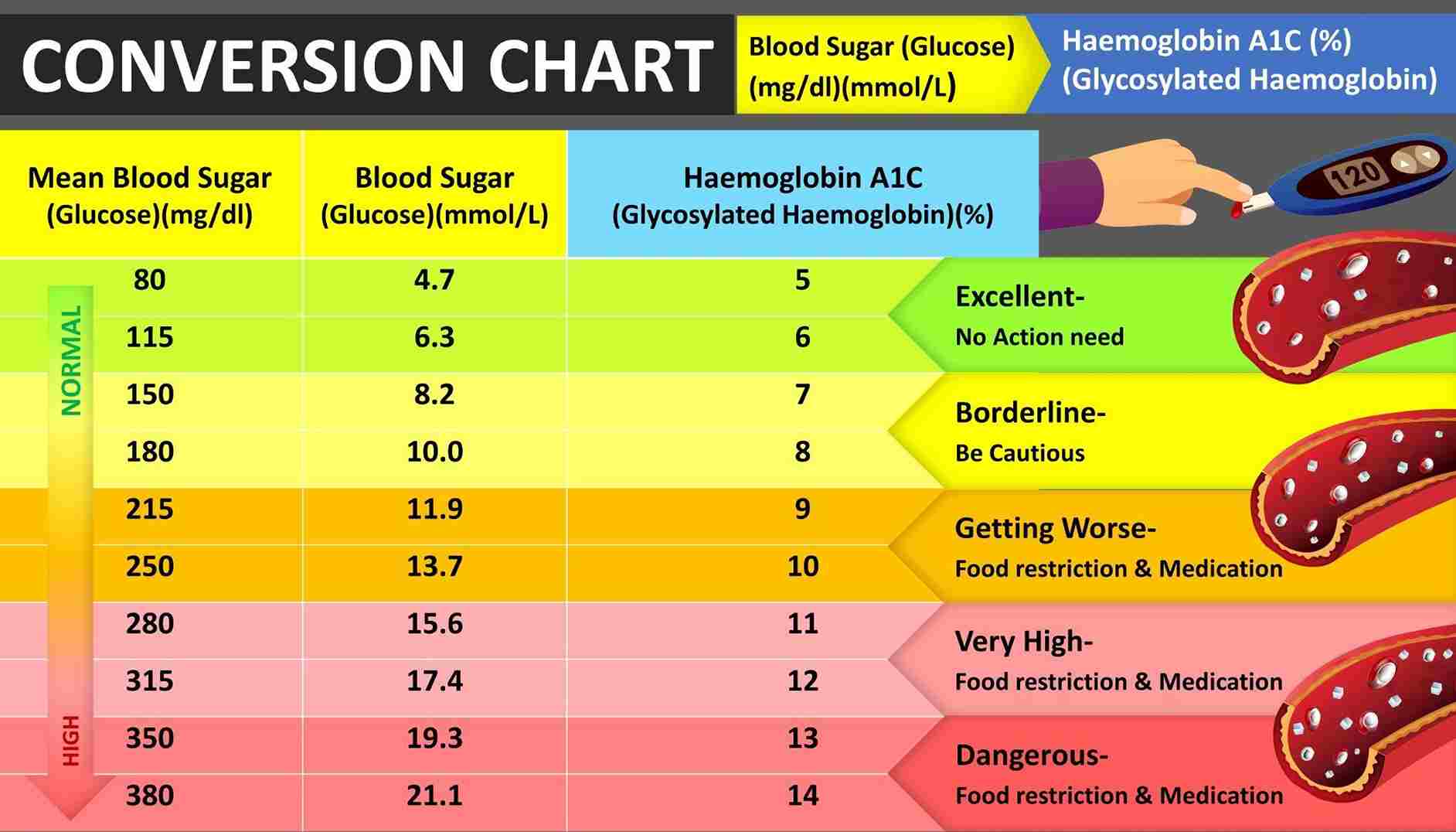
With such a failure, the functions for which he is responsible also suffer. As a result, you begin to worry about trifles, suffer from insomnia and gain weight. You can deal with unpleasant effects in different ways, one of the possible ways is to go in for sports. Jogging around the block and cortisol levels go down.
But let’s face it: not everyone has the willpower to do this. And now we come to the third hormone that can help you.
Hormone of fear. Everyone experienced the action of adrenaline. Here designers are by and large introverts, they are afraid to go on stage and speak to the public. Fear is adrenaline, and it helps us survive danger.
But after the release of adrenaline, when the danger is over, the level of serotonin rises. Conversely, cortisol levels decrease. You feel good, and you don’t have to run anywhere. The same thing happens when you get a new experience.
To avoid stagnation after 30 years, new experience is essential. Cardinal changes in life give stress, followed by a surge in serotonin. A new position or your own studio is just what you need in such a situation.
Cardinal changes in life give stress, followed by a surge in serotonin. A new position or your own studio is just what you need in such a situation.
You open the door, behind which something new awaits you, you begin to settle down there, you have new neural connections. But at some point, you again find yourself in a comfort zone, and the decline begins.
Therefore, the peculiarity of life after 30 years is to constantly look for something new and grow above yourself.
Be that as it may, the transition from manual work to control is so stressful that you will have enough serotonin for a long time. The fact is that delegation in a design studio is scary and uncomfortable, but necessary.
At some point, you realize that you can not only draw yourself, but also teach other people how to draw. However, moving from thoughts to action can be difficult. Because:
- You can do better and faster. It’s hard not to break loose and not do everything yourself, but to make endless edits and give it to the designer over and over again.


